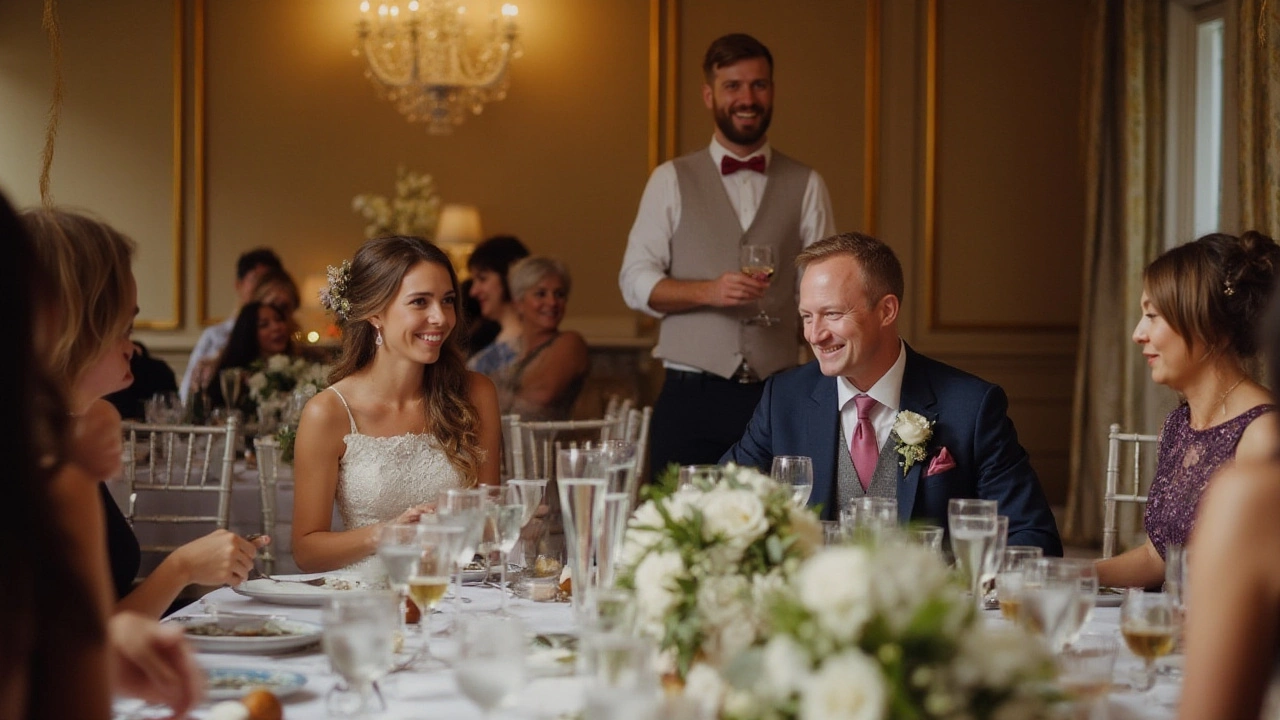Tipping Your Wedding Photographer: A Simple Guide
You're almost done planning the big day, but one detail still feels fuzzy: the tip for your photographer. You want to show appreciation, stay within budget, and avoid any awkward moments. The good news is that tipping a wedding photographer is straightforward once you know the basics.
Why a Tip Matters
A tip isn’t a requirement, but it’s a useful way to thank the person who will capture every laugh, tear, and dance move. Photographers often put in extra hours for editing, travel, and backup equipment. A tip signals that you value that extra effort and can help secure priority scheduling for future shoots or quick turnaround on your images.
Most photographers price their services to cover the core work, so a tip is truly a bonus. It’s also a nice way to reinforce a positive relationship, which can matter if you need last‑minute changes or additional prints after the wedding.
How Much to Tip
There are three common ways to calculate the tip:
- Percentage of the total bill: 10‑15% of the full package price is a safe range. If you paid £2,500 for the photography package, a 10% tip would be £250.
- Flat amount per photographer: If you hired one lead shooter, £100‑£200 is typical. For a team of two, double that amount.
- Hourly extra: Some couples add £20‑£30 for every hour beyond the agreed coverage. If the day ran two hours longer, that’s an extra £40‑£60.
Pick the method that feels easiest for your budget. The percentage approach works well if you have a clear total cost; the flat amount is handy when you’re paying cash on the day.
Remember that tipping is optional. If your photographer went above and beyond—like delivering a sneak‑peek slideshow the night after the ceremony—you might tip on the higher end of the range.
Here’s a quick cheat sheet:
- Small wedding (under £1,500 package): £100‑£150 tip
- Mid‑size wedding (£1,500‑£3,000 package): £150‑£300 tip
- Luxury wedding (over £3,000 package): £300‑£450 tip
Adjust these numbers based on how many shooters you have and how much extra work they performed.
When to Give the Tip
Most couples hand the tip to the lead photographer at the end of the reception, either in an envelope or as part of the final payment. If you’re paying by card, ask if the photographer can add the tip to the invoice. Some prefer to give a handwritten note with the cash—this adds a personal touch.
If you’re working with a photography studio, you can include the tip in the final invoice. Just make sure you clarify that the amount is meant as a tip, not a service charge, so the photographer gets the full benefit.
Tips for Staying Within Budget
It’s easy to overlook the photographer tip when you’re juggling venue, catering, and dresses. To keep things smooth:
- Mark the tip as a separate line item in your wedding spreadsheet early on. Seeing the figure helps you avoid surprises.
- If cash is tight, consider a modest tip (10%) and write a heartfelt thank‑you note. Photographers value sincere appreciation as much as money.
- Ask the photographer if they have a preferred tip method. Some may accept a gift card or a referral bonus instead of cash.
These tricks keep the tip realistic without compromising the gratitude you want to show.
Final Thoughts
Tip amounts vary, but the goal is simple: recognize the photographer’s hard work and keep your budget in check. Use the percentage or flat‑rate method that matches your style, hand the tip at the end of the day, and add a personal note if you can. By following these steps, you’ll feel confident that you’ve thanked the person who’ll turn your wedding memories into lifelong treasures.
Decoding Wedding Photography Tips: Is $50 Generous Enough?
Determining how much to tip a wedding photographer can be perplexing. This article explores the etiquette and factors influencing the decision, providing insight into whether $50 is a suitable tip. We delve into the expectations, alternative ways to show appreciation, and the impact of location and services. Gain clarity on this often-overlooked aspect of wedding planning.
View More